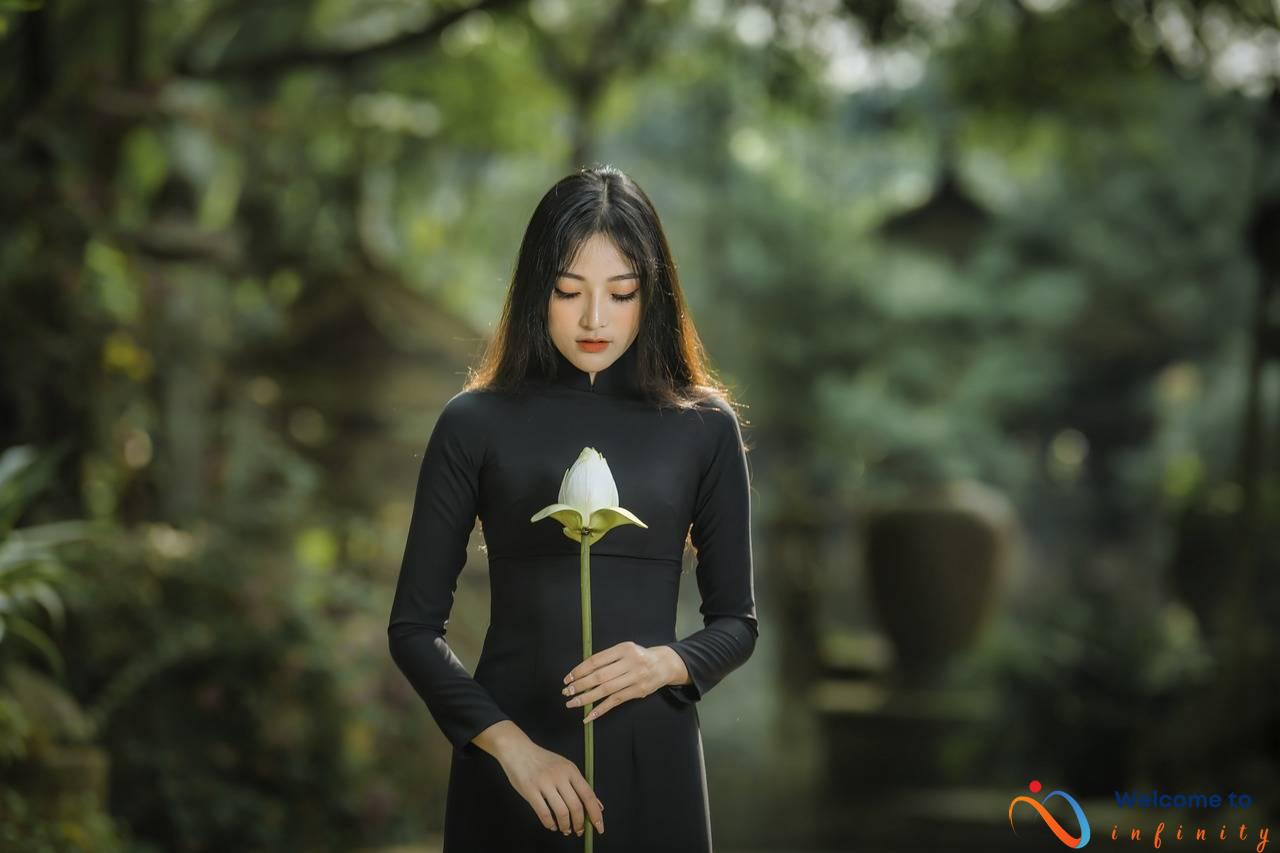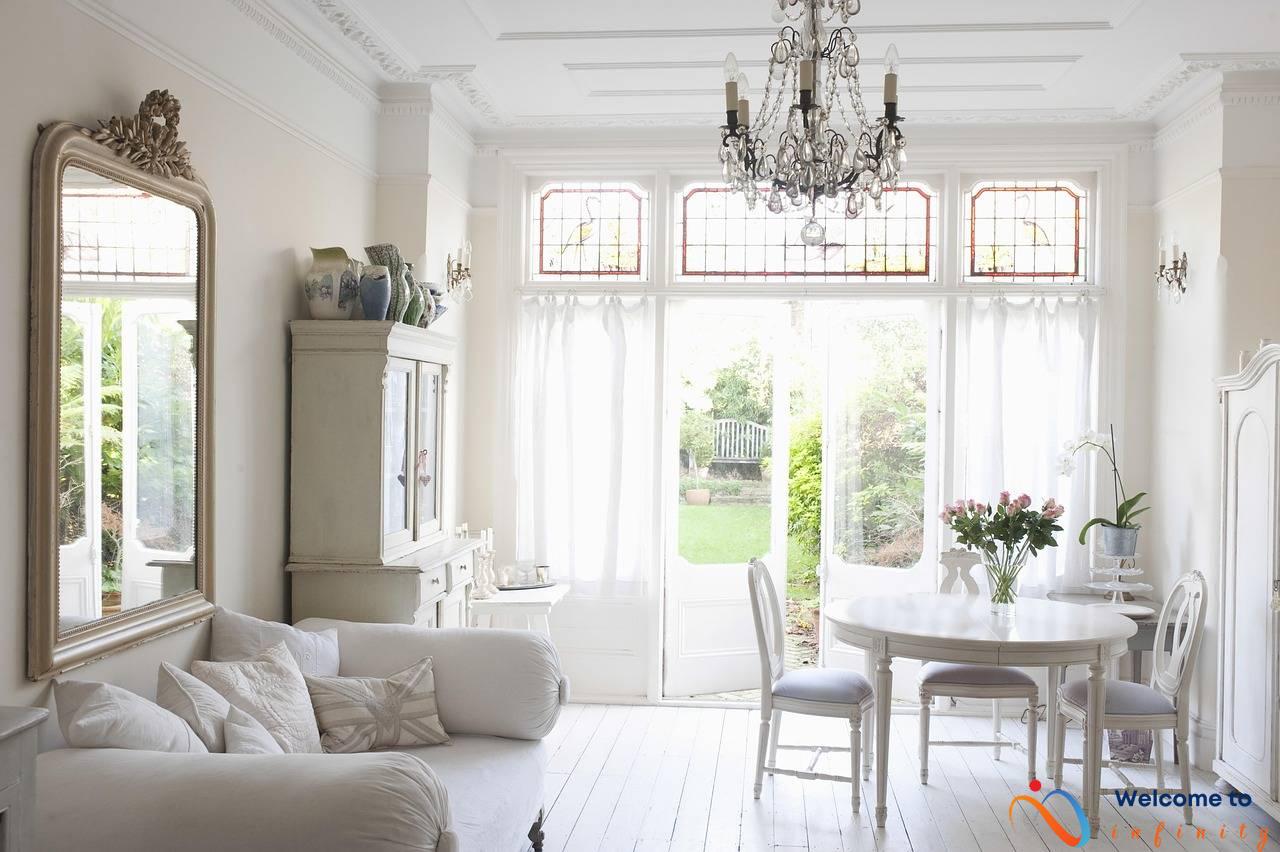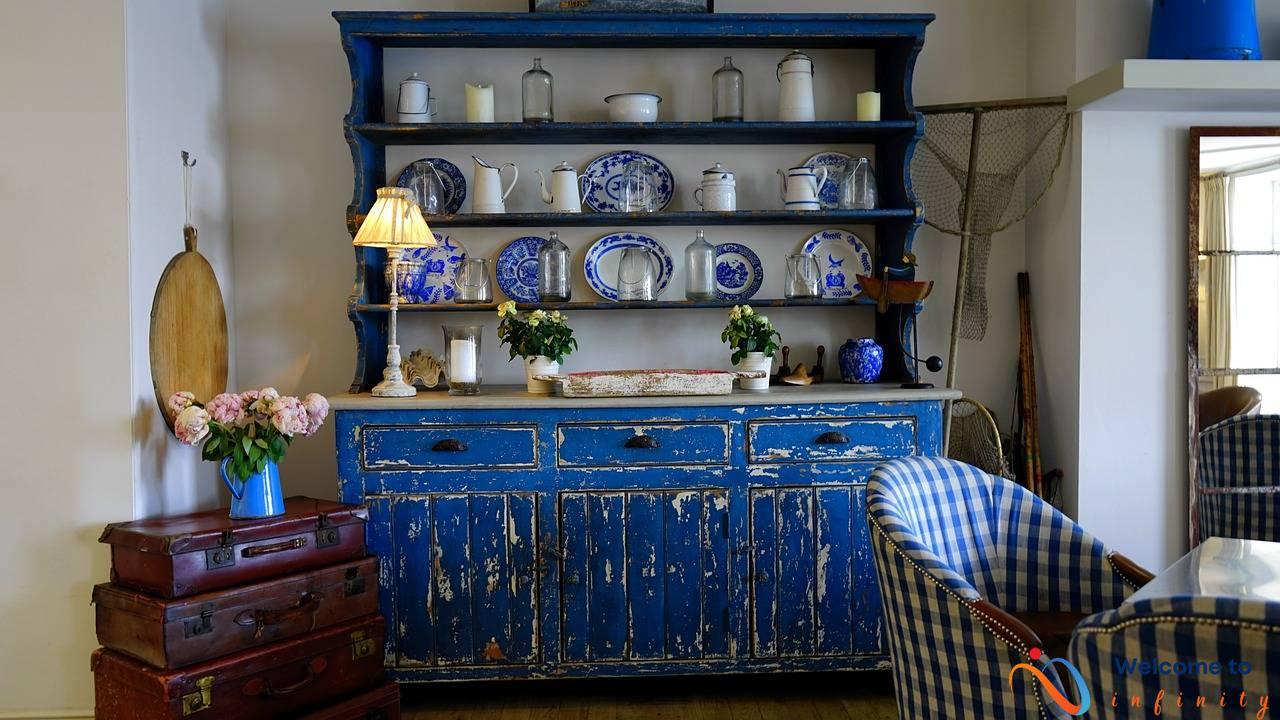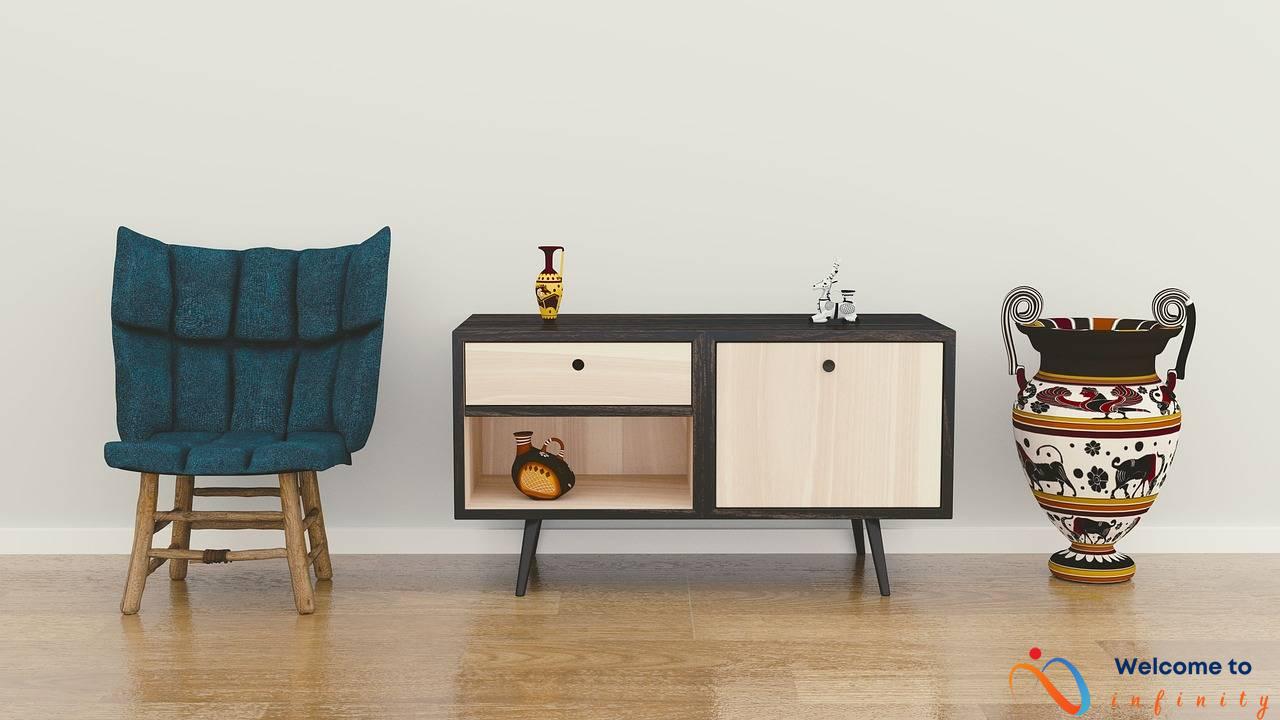If you have a contemporary art collection, lighting is an essential element to consider. Proper lighting not only highlights the beauty of your art but also can increase its longevity. Aesthetically pleasing lighting can make your artworks look stunning, bringing out their true colors, textures, and details. Light plays a crucial role in enhancing the appearance of your art collection, making it more appealing and eye-catching to your guests. Besides the aesthetic factor, proper lighting can also protect your artworks from getting damaged, thus ensuring their longevity.
When it comes to contemporary art, the correct balance of artificial and natural lighting is critical. The strategic placement of lighting fixtures can create a beautiful display by highlighting certain features of your collection, such as textures, colors, and shapes. You can use different types of lighting to enhance the aesthetics of your collection and provide a unique experience to your viewers.
With so many lighting options in the market, it is essential to consider the type and color temperature. Proper lighting can create an emotional response in viewers, enhancing their overall experience. Choosing the right lighting color temperature can help bring out the artwork's true colors and beauty, creating a personalized ambiance for your collection. LED lighting can be energy efficient and an excellent choice for illuminating your contemporary art collection. It is customizable, and it provides efficient yet beautiful lighting to your artworks.
Creating a lighting plan that takes into account the unique characteristics of your contemporary art collection can help maximize its impact. With proper maintenance and cleaning of the lighting fixtures, you can prolong their lifespan and ensure the longevity of your contemporary art. Lighting is a crucial element that should not be overlooked when it comes to showcasing and preserving your contemporary art collection.
Understanding the Role of Lighting
Contemporary art is known for its unique and abstract nature, and proper lighting plays a crucial role in highlighting its visual appeal. The right balance of natural and artificial lighting is essential to create an impactful display of contemporary art.
Natural lighting is highly valued when showcasing contemporary art as it highlights the authentic colors and texture of the art piece. On the other hand, artificial lighting can be used to create a dramatic effect and added visual interest to the art. Proper lighting placement can create a dynamic interplay between the art and its environment.
When considering the role of lighting in contemporary art display, it is essential to create an atmosphere that complements the art piece. Focusing light on the specific features of an art piece can enhance its uniqueness and beauty. Ambient lighting can provide overall illumination, while accent lighting can spotlight specific features of the art piece and create depth and texture.
The right balance of lighting can create emotional responses to an art piece, and different combinations and arrangements of lighting can produce unique effects. Careful consideration of color temperature can also significantly impact the appearance of contemporary art. Warm lighting can make a painting feel more vibrant and energizing, while cool lighting can create a calming and soothing effect.
Overall, understanding the role of lighting in displaying contemporary art is vital to enhance its aesthetics. Creating a sophisticated interplay between the light and shadow can increase the longevity and the overall visual impact of the collection. By using different types of lighting and carefully designing the arrangement, you can create a dynamic and visually compelling display of your contemporary art collection.
The Art of Lighting Placement
The placement of lighting fixtures is crucial to emphasizing the beauty and uniqueness of contemporary art. Proper placement of these fixtures accentuates specific features of the artwork and draws the viewer's attention to the details that the artist intends to highlight.
The placement of lighting fixtures should be done in a way that compliments the existing ambient lighting in the room while also improving the visibility and color accuracy of the artwork. Wall-mounted fixtures or track lighting can be used to cast a spotlight on the artwork and add contrast to the room, enhancing its aesthetics.
Another important factor in lighting placement is the height from which the fixtures are mounted. The height should be such that the light is directed at the intended area of the artwork and does not cause unnecessary shadows or glare that can detract from the artwork's beauty.
Proper lighting placement also involves taking into consideration the space around the artwork, including the distance from the wall and the height of the piece. Using spotlights or narrow-beam lights can help focus attention on a specific part of the artwork while using a wider beam can create a more subtle, ambient light.
The type of artwork being displayed can also guide the placement of lighting fixtures. Sculptures, for instance, may require lighting from multiple directions to bring out the texture and 3D effect, while paintings or photographs may require more evenly dispersed lighting to highlight the colors and details.
- Key takeaways:
- Proper placement of lighting fixtures is essential for the effective display of contemporary art.
- The placement of lighting fixtures should compliment the ambient lighting in the room and enhance the artwork's beauty.
- Factors to consider include the height and distance from the fixture, the type of light beam, and the type of artwork being displayed.
Types of Lighting to Consider
When it comes to showcasing your contemporary art collection, lighting is an important factor that can make all the difference. Different types of lighting should be considered to highlight the unique features and enhance the aesthetic appeal of the artwork on display.
Ambient lighting refers to natural light sources, such as sunlight or windows, that can brighten up the space and create a welcoming atmosphere. It is important to balance natural light with artificial lighting to avoid any harsh shadows or glare that may detract from the artwork.
Accent lighting is another type of lighting to consider, as it can draw attention to specific pieces of artwork. This is achieved by using spotlights or directional lighting to illuminate particular areas or objects. This technique can create a dramatic effect that highlights the beauty and intricacies of the artwork.
In addition to ambient and accent lighting, there are other types of lighting to consider. Task lighting can be used to provide light for specific tasks such as reading, while decorative lighting can be used purely for an aesthetic effect. Each type of lighting can be used to showcase contemporary art in unique and creative ways, depending on your preference and the specific characteristics of your collection.
It is important to note that the color temperature of the light can also affect the appearance and emotional response to contemporary art. Warm light creates a cozy and inviting atmosphere, while cool light promotes a more modern and sleek feel. By choosing the right type of lighting and color temperature, you can create a distinctive and captivating environment that showcases your contemporary art collection in the best possible light.
The Impact of Color Temperature
When it comes to lighting contemporary art, the color temperature of the light you choose can have a significant impact on how it is perceived by the viewer. Warmer tones, such as those with a yellow or orange tint, can bring out the warmth and texture of certain artworks. On the other hand, cooler tones like those with a blue or white tint can highlight the sharp lines and colors of modern pieces.
Color temperature is measured in kelvins, with higher kelvin temperatures indicating cooler tones and lower kelvin temperatures indicating warmer tones. A color temperature of around 2700K – 3000K is often recommended for lighting contemporary art, but the ideal temperature can vary depending on the individual artwork.
Choosing the right color temperature can also affect the emotional response to contemporary art. Warm tones can create a sense of intimacy and coziness, while cooler tones can generate a feeling of calmness and clarity. It's important to consider the mood and atmosphere you want to create in your display and select your lighting accordingly.
Experimenting with different color temperature options can help you find the perfect balance to highlight the unique features of your contemporary art collection. Remember to keep in mind the specific characteristics of each piece and how they can be enhanced with the right lighting.
The Benefits of LED Lighting
Lighting plays a significant role in highlighting the beauty of contemporary art collections. When it comes to lighting, LED lights are a popular choice among art collectors and galleries. LED lights are energy-efficient, making them an environmentally friendly option compared to incandescent and halogen lights. They consume less energy, which means lower electricity bills, making them cost-effective in the long run for commercial and private art collectors alike.
LED lights offer the option of customization, allowing you to adjust the intensity and color temperature of the light to enhance the appearance of your artwork. You can opt to use a warmer light to bring out the reds and oranges in the artwork or cooler light to highlight blues and greens. This customization can significantly impact the way your art collection is perceived by the viewer.
Moreover, LED lights produce minimal heat compared to incandescent and halogen lights. This makes them a safe option for illuminating artwork without damaging it due to high temperatures. Also, LED lights emit fewer harmful UV rays, further reducing any potential damage to the artwork.
Finally, LEDs have a long lifespan, which means that they need to be replaced less frequently than other types of lighting fixtures. This is especially important for art collectors who need to maintain a reliable lighting system to keep their artwork in pristine condition. LED lights provide a lower maintenance cost and ensure that the artwork is consistently highlighted in its best light.
In conclusion, LED lighting is a practical and efficient choice for illuminating contemporary art collections. They provide a host of benefits such as energy savings, customization options, minimal heat emission, and a long lifespan, making them a worthy investment for art collectors and galleries alike.
Maximizing Lighting Effectiveness
Maximizing the effectiveness of lighting is essential for showcasing contemporary art at its best. When creating a lighting plan for your collection, you should consider the specific characteristics of each piece. The size, color, and texture of each work of art will determine the type and placement of lighting fixtures.
Start by identifying the focal points of your collection. These are usually the largest or most captivating pieces that you want to draw the most attention to. Use accent lighting to highlight these areas, such as track or spotlights. Experiment with different angles and intensities to determine the optimal effect.
Ambient lighting can be used to provide an overall glow to the space. This type of lighting should be soft and subtle, not overpowering or glaring. You may consider using wall sconces or recessed lighting to provide this effect.
Consider the color temperature of the lighting you choose. Warmer tones can enhance the richness of darker colors, while cooler tones can bring out the vibrancy of brighter hues. Experiment with different color temperatures to find the optimal look for your collection.
Finally, remember to adjust your lighting plan periodically to account for changes in your collection or the environment. As new pieces are added or removed, you will need to tweak your lighting accordingly. Keep your fixtures clean and well-maintained to ensure their longevity and effectiveness. By taking the time to create a thoughtful lighting plan tailored to your collection, you can enhance the beauty and longevity of your contemporary art.
Maintaining Your Lighting System
Proper maintenance and cleaning of lighting fixtures are crucial in ensuring the longevity of your contemporary art collection. Dust and dirt accumulation on lighting fixtures can dull the visual appeal of the artwork, making it less attractive and appealing to the eye. Regular cleaning of your lighting system can significantly improve the ambiance and aesthetic appeal of your contemporary art collection.
When cleaning your lighting fixtures, it is important to switch off the power and allow the bulbs and system to cool down before cleaning. Use a soft cloth or a duster to wipe the fixtures, being careful not to scratch or damage the surface. Avoid using abrasive cleaners or spraying any cleaning solution directly onto the fixtures as it can damage the bulbs or the electrical components.
To prolong the lifespan of your lighting system, ensure that it is installed and mounted correctly. Check the wiring and electrical connections regularly to prevent any short circuiting or overheating. It is also important to keep an eye on the bulbs and replace any that are damaged or burned out promptly.
In conclusion, maintaining a proper lighting system is essential in ensuring the longevity and aesthetic appeal of your contemporary art collection. With a little care and regular maintenance, your lighting fixtures can continue to showcase the beauty and uniqueness of your artwork for many years to come.












